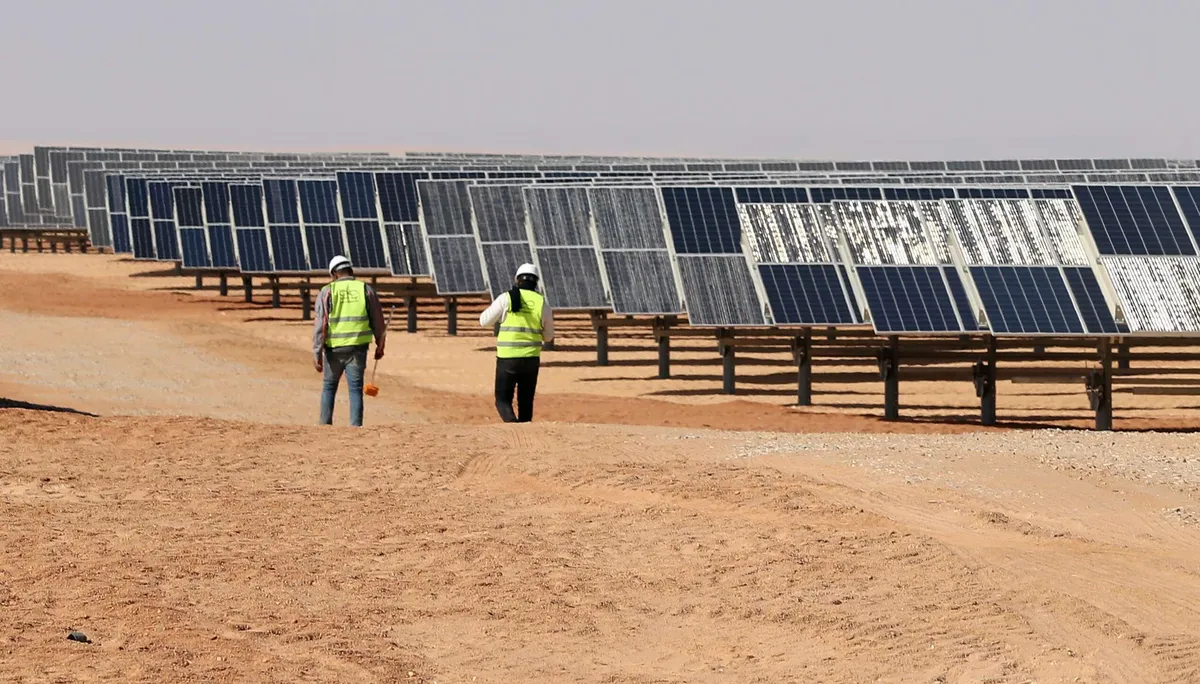In countries like the United Arab Emirates, financiers are investing in new projects to transfer renewable electricity from North Africa to Europe. One such project is in Greece, where the Copelouzos Group, led by CEO Dimitris Copelouzos, is negotiating the construction of a 950-kilometer submarine cable with the Egyptian president. This project, known as Gregy, aims to be included in the EU’s list of vital projects.
Meanwhile, in Italy, the government is also in talks with Egypt about a submarine cable that would bring renewable electricity to Dolo, near Venice. This three-gigawatt submarine cable would be 2,800 kilometers long and transfer electricity along the Adriatic Sea to Venice where much of Italy’s industry is located.
Siemens Energy and Prysmian have been tasked with designing these cables. The world’s deepest undersea electricity cables are currently at a depth of 2.5 kilometers, but Prysmian has been tasked with designing a cable that can reach up to 3.6 kilometers deep. According to the UAE investment company, technology currently limits the installation of a submarine cable deeper than 3.6 kilometers.
These projects show promise and have the backing of serious players, but challenges remain in terms of technology and infrastructure. The effort to transfer renewable electricity from North Africa to Europe via submarine cables represents an innovative approach to meeting energy demands in both regions.
Despite these challenges, these projects hold significant potential for both regions. By increasing their access to renewable energy sources, they can reduce their dependence on fossil fuels and move towards more sustainable energy solutions.
Furthermore, these projects will also create job opportunities and boost economic growth in both regions.
As such, it is important that all parties involved continue working together towards successful completion of these projects.
Overall, this innovative approach represents an important step forward towards creating a more sustainable future for both regions.



